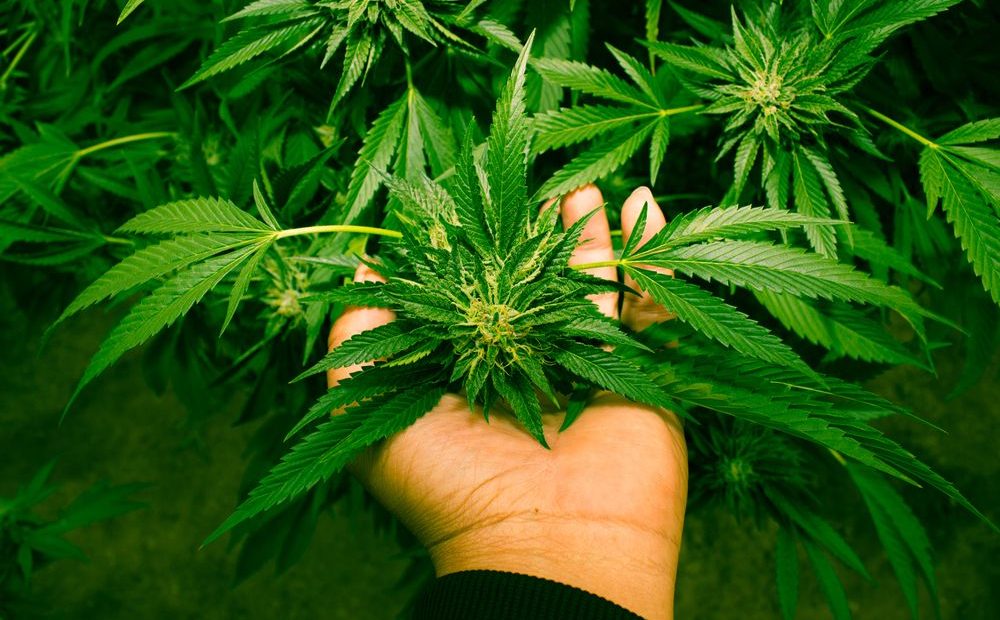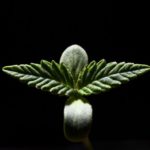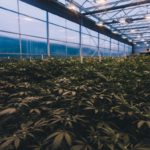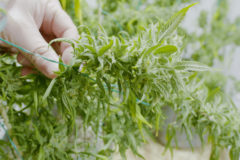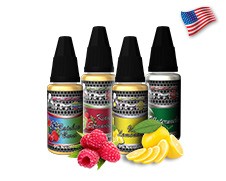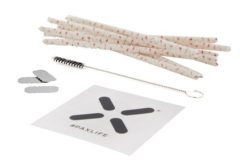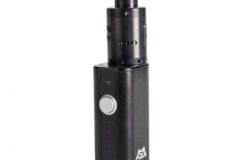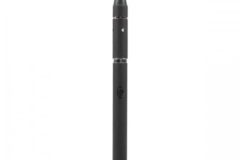Growing weed is anything but difficult. As a matter of fact, there’s a reason why we call it weed – because it grows almost everywhere, similar to a weed. Nonetheless, there is a core concept you should be mindful of. Namely, cannabis is a flowering plant. That means it bears fruits only once a year, and that would be during the fall season. That’s because, during that time, the daylight hours are shorter.
First Things First: Understanding the Vegetation Phase
This concept is of crucial importance, especially if you want to grow marijuana indoors. That would require you to control the light period, also referred to as the photoperiod of the cannabis plant. In plain English, you should place the pot in 12+ hours of light on a daily basis, to prevent the plant from flowering.
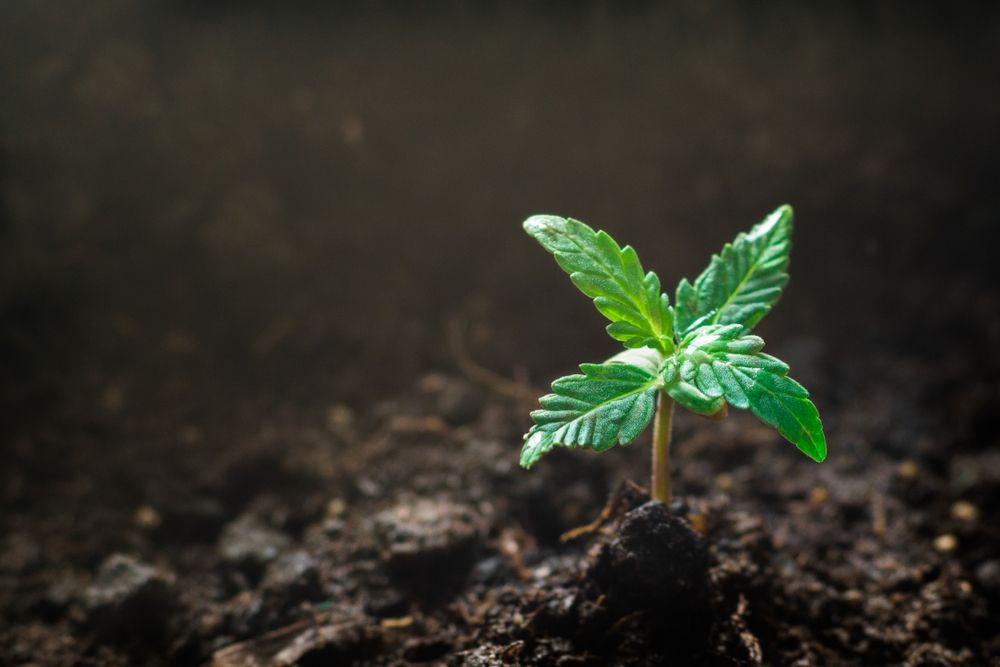
The question that naturally follows is: why shouldn’t I allow the plant to flower immediately so that I could harvest the buds? To be frank, you could attempt that. Nevertheless, it’s worth noting that, if an immature plant will flower too early, you won’t have too many buds to harvest. Essentially, a pot plant should grow or vegetate, for a few weeks at a minimum, before flowering. If it doesn’t, you’ll be likely to be disappointed by the yield.
That being said, in order to maintain the cannabis plant in vegetation, you should grow a young seedling for four to six weeks. Only afterward should the flowering be induced. During this timeframe, your cannabis plants should get 16 hours of light, at a minimum. Still, we would recommend 18-20 hours, to be on the safe side.
In other words, you’ll require a fluorescent lamp that will ensure that. As long as your cannabis plant receives enough light, it will assume that it’s in the vegetation phase. So, it will direct all its energy into establishing its roots and becoming a healthy, strong plant. While it won’t bud for a few more months, you must know that being patient during the vegetation phase is crucial for a successful harvest.
Extra Tips and Tricks for Growing Weed
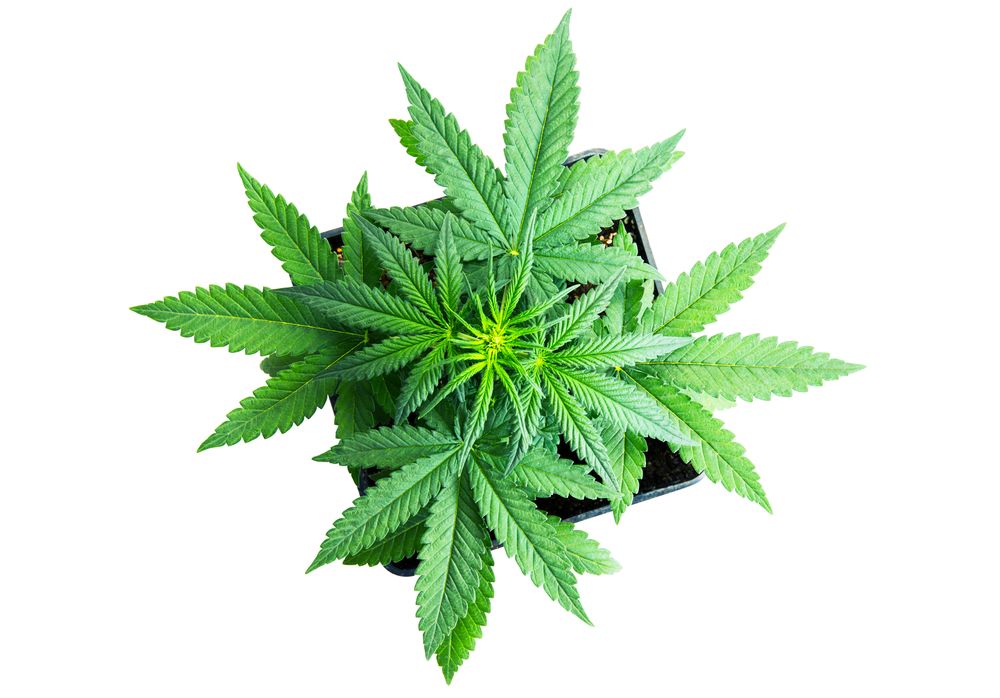
Moving on to the plant containers, the best ones you could choose are those that offer breathability. Fabric pots are a decent alternative, from this point of view. Concurrently, plant pots that have drainage holes or saucers are a good option, as well.
As a general rule, you shouldn’t allow your marijuana plants to remain in stagnant water for extended timeframes. That’s because the pH level of the soil will change, and it might eventually be redrawn by the plant and the medium. Plus, sitting water attracts mold and bugs.
As for mediums, using a small bag of organic potting soil will do perfectly fine. Additionally, you should remember to select an airy medium that will facilitate the air to reach the root zone, as well. Roots breathe in oxygen, whereas the actual plant breathes CO2.
Aside from the guidelines mentioned in this article, you should keep in mind that growing marijuana in a pot is an exercise that requires patience and learning. The ultimate goal is to have fun in the process and remain consistent.


